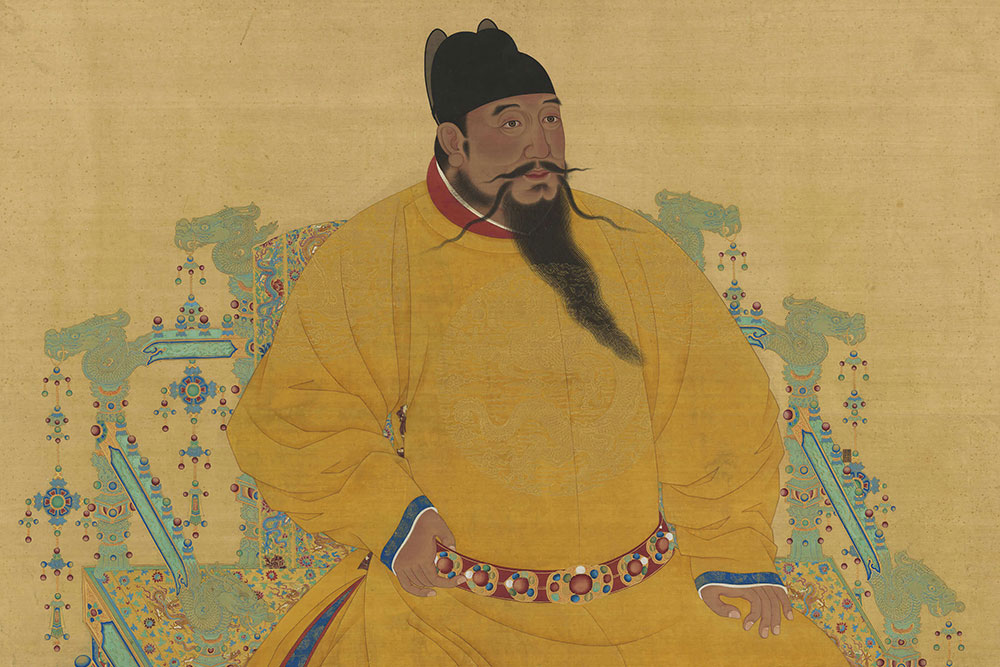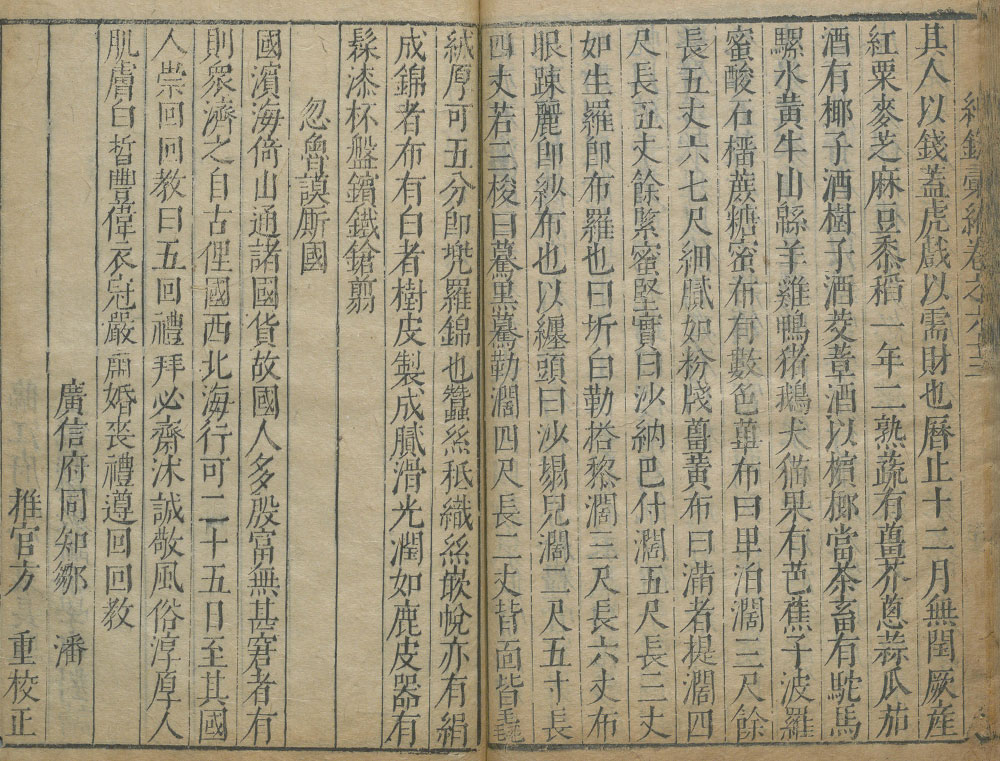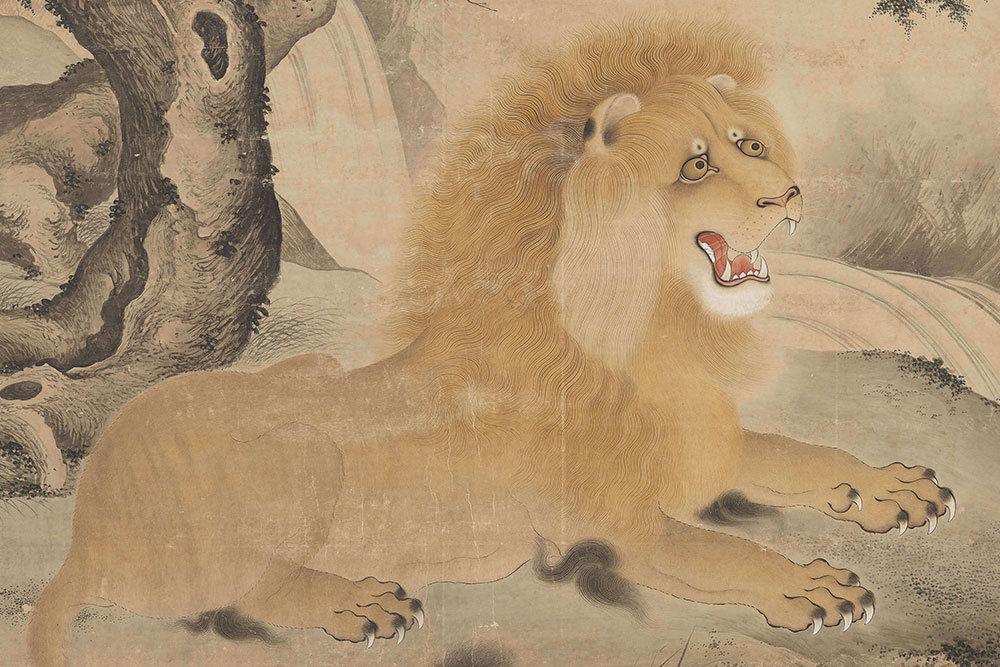In Search of Qilin
"Qilin" as the symbol of prosperity, it is believed that marine adventurers had searched for this mythical creature in the 15th century. Numerous names were used to call qilin, "cu la" in the Southern Song dynasty and "zu la fa" in the Ming dynasty. In fact, the name of this animal originated from the Arabic "Zarafa", which is "Giraffe". This journey in searching for the giraffe allows the encounters between the East and the West.
- Grand Survey of the Oceans
- Ma Huan
- Edition by the patrol of Jiangxi Province, Chen Yuting
- Ming dynasty, the 45th year of Wanli reign (1617)
Ma Huan was the Arabic translator accompanying Zheng He's fleet. He recorded his journeys in the "Grand Survey of the Oceans". It is considered to be the best, thoroughly written and most circulated publication to understand Zheng He's expeditions.
- Painting of a Lion, Suanni
- Ming dynasty (1368-1644)
"Suanni" is the old name of lions, it could be a transliteration from a foreign language since lions do not exist in China. The foreign tributes of lions were frequent during Yongle and Xuande reigns, and the offer stopped. Until the Chenghua to Hongzhi period, Samarkand then offered a lion as tribute.






